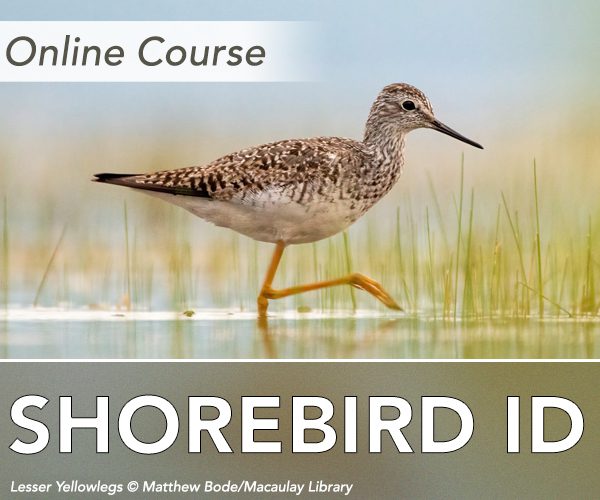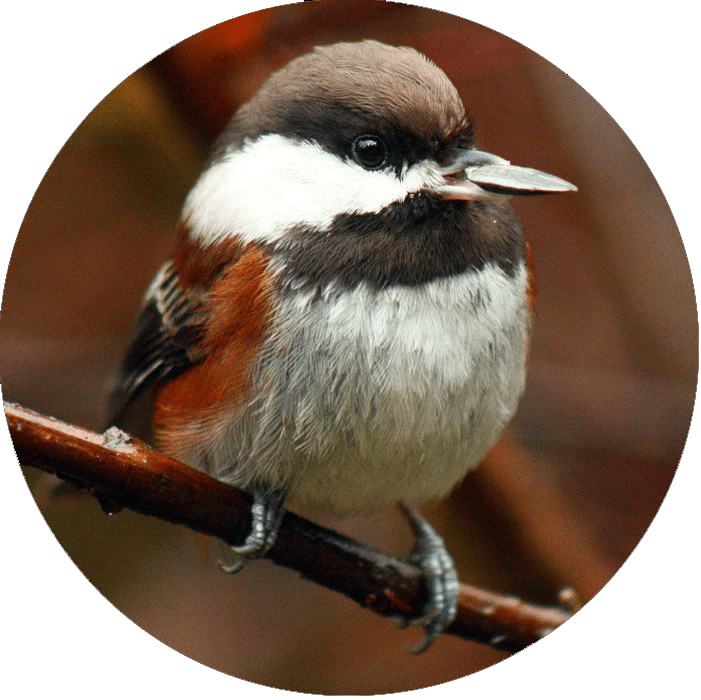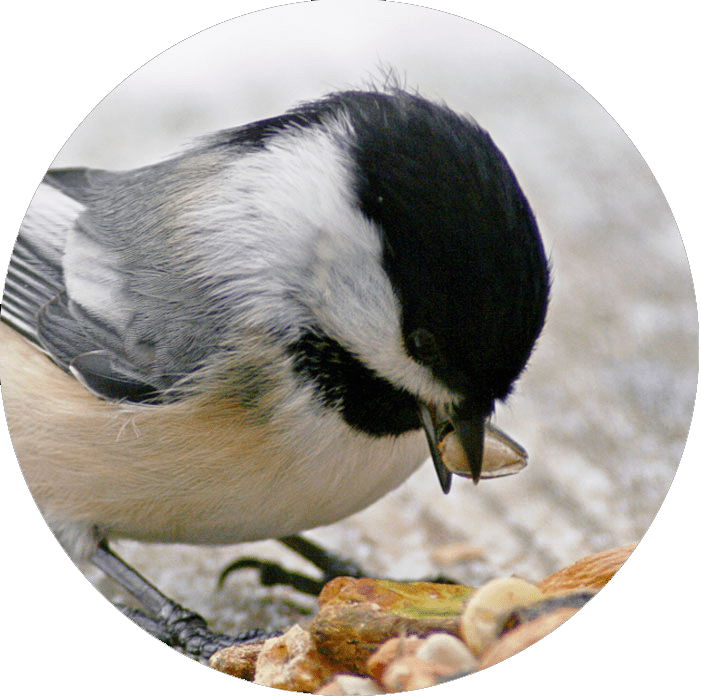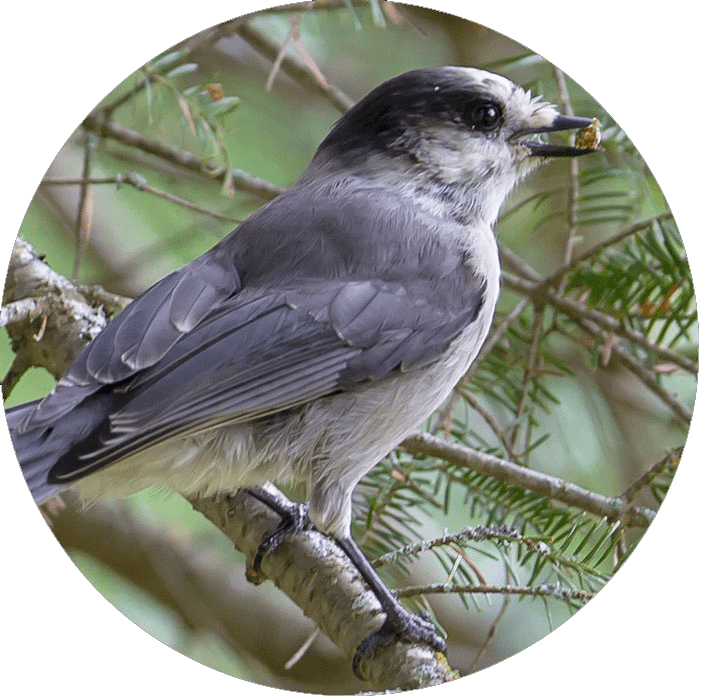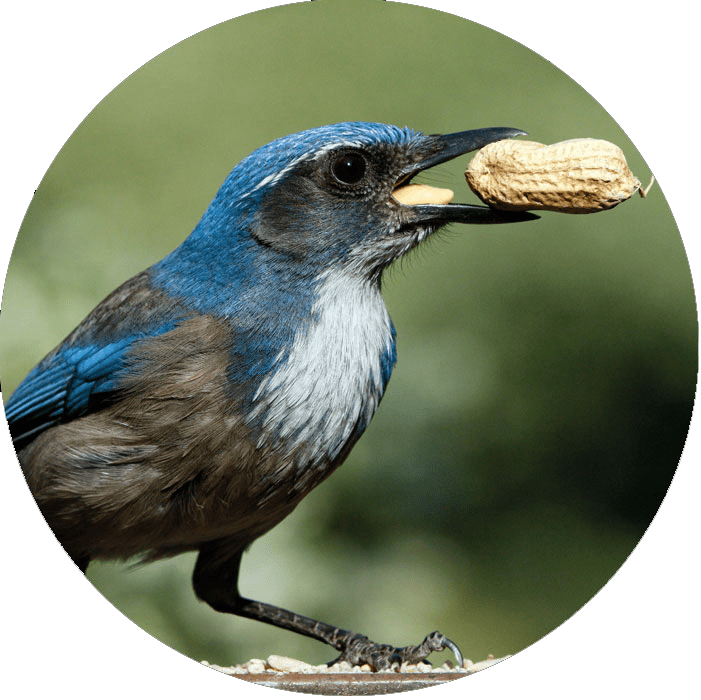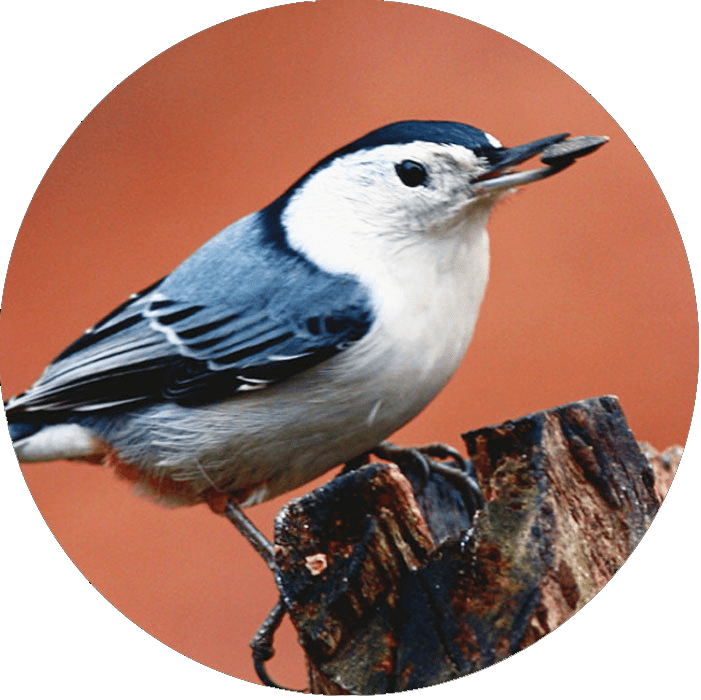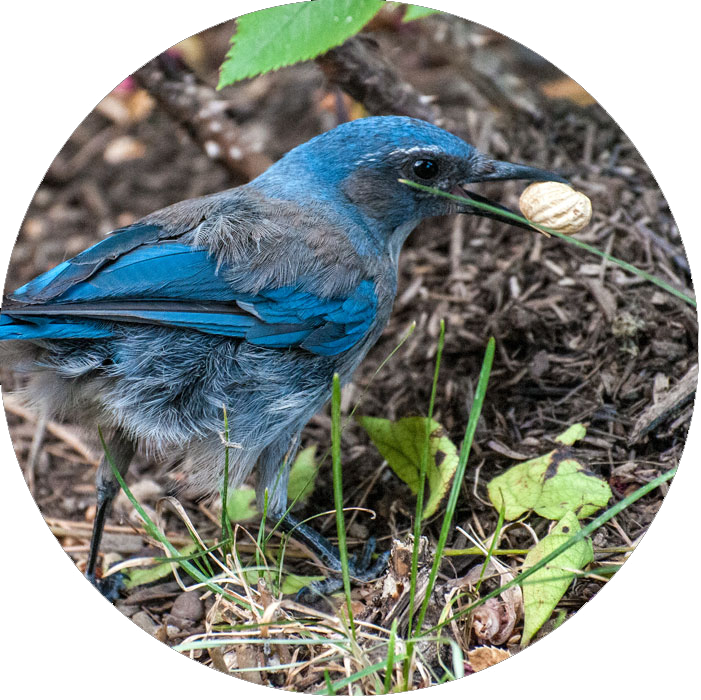Where Is That Bird Going With That Seed? It’s Caching Food for Later
By Shailee Shah
April 13, 2016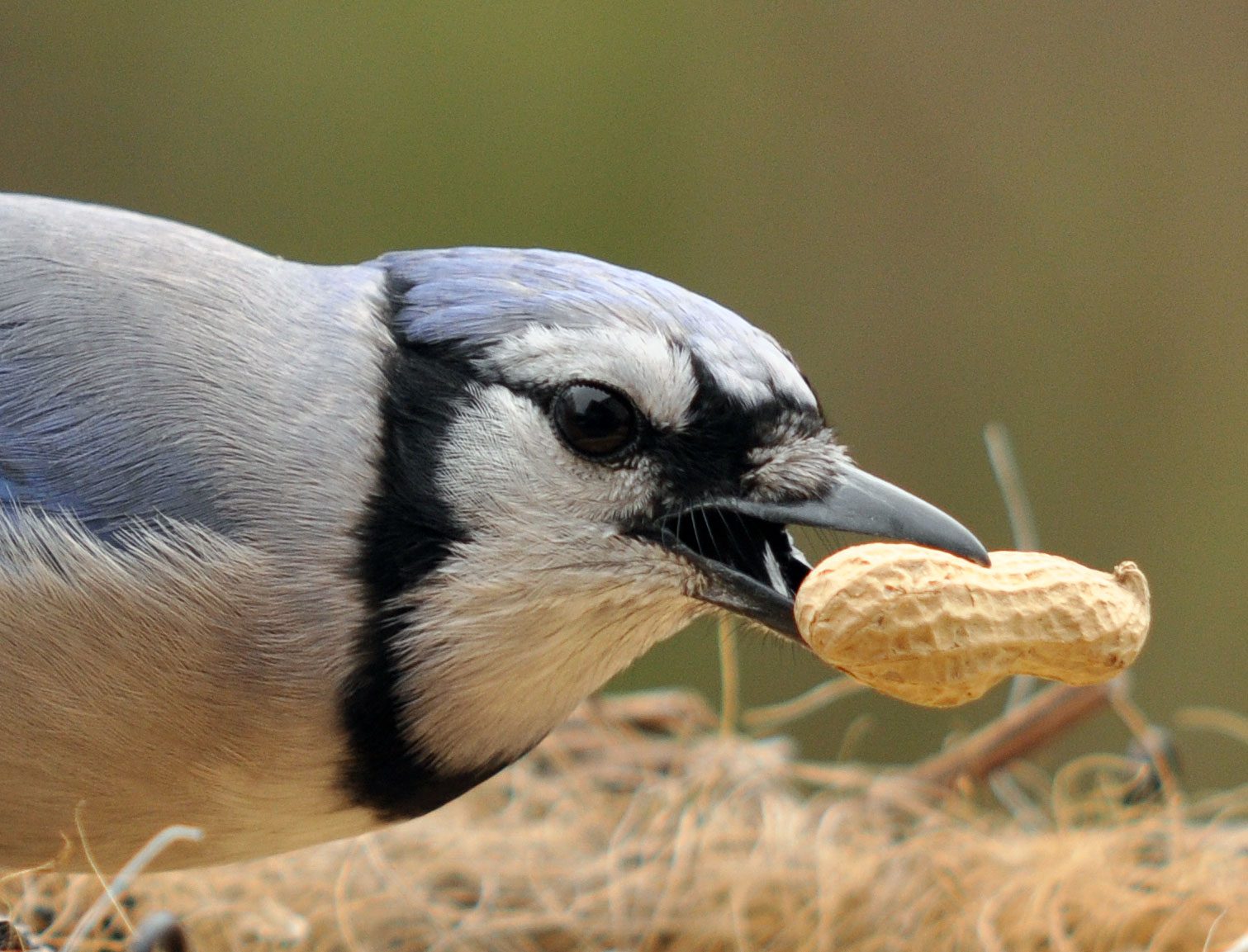
However you like to watch birds—in the woods, at your feeder, or on the Cornell Lab of Ornithology’s live streaming feeder cams – you will often see them flying with food in their beaks. If it’s in the spring, the food could be destined for their young. But what about in the fall or winter? Why does a bird fly off with its food instead of eating it on the spot?
There are at least three reasons: the birds could be trying to stay safe; or they might need to work on the seed in order to open it; or they might be caching the food item to save it for later.
Small birds like the ones that visit feeders are constantly obsessed with finding safety from predators. If food is at a risky, exposed location, such as a feeder, birds must remain vigilant, continuously scanning their surroundings for threats. Birds such as finches and grosbeaks, with their seed-crushing bills, can eat and scan simultaneously, looking down only briefly to grab another seed. Birds that must look down and hammer at seeds, however, prefer to fly to a safer place with their food instead of working on it in an area exposed to predators. This is why you often see chickadees flitting back and forth from feeder to trees or shrubs and back with their seeds.
Some foods—such as shelled seeds and nuts—might even require specialized methods to crack them open. True to their name, nuthatches often wedge seeds into bark crevices and hammer at them with their bill to “hatch” them open. Blue Jays use a similar technique, but they manage to wedge the seed between their toes. Looking down to work on a seed is still risky, however, and you will often see Blue Jays quickly scan their surroundings before hammering away.
But arguably the most fascinating reason is “caching”—the behavior of storing up food supplies in a safe place for later. This is one of the main reasons you see birds fly off with their food instead of eating at the feeder—they are setting up a personal “insurance policy.” Lots of birds—and even mammals such as squirrels, beavers, and bears—cache food for consumption later on, during lean times.
When do birds cache food? Some birds cache year-round, although the behavior is most apparent in the fall when an abundant food source like a bird feeder or a natural seed crop enables birds to quickly fulfill their daily energy needs while leaving ample leftovers. Once winter sets in, it pays to have food “squirreled” away instead of competing for an unreliable or scarce source.
Caching is like a giant game of concentration. Caching isn’t as straightforward as it might appear. A bird must not only fly back and forth, one or a few seeds at a time, over hundreds of trips. They also have to make sure the caches aren’t stolen and remember where all the food is hidden when hunger comes a-calling. Most common North American feeder birds can have anywhere from hundreds to thousands of separate caches scattered around their home ranges.
Species in 15 bird families cache food in various ways, and so do many mammals and arthropods, so it seems to work well as a survival strategy. Overall, more than 300 species of birds, mammals, and arthropods are known to cache food in some way! So next time you’re watching birds, keep an eye out for these expert strategists.
8 Strategies for Caching Supper
-

Chestnut-backed Chickadee by Greatblue1 via Birdshare. Smaller songbirds such as chickadees and nuthatches cache for the short-term, stashing away “convenience food,” such as shelled seeds or mealworms, for a quick and easy snack later in the day or an energy boost in the morning. However, scientists suspect that these birds prepare for the long term, too, especially in the fall, when they likely cache food to be eaten much later in the winter.
-
Bigger birds such as crows, jays, and nutcrackers (all in the family Corvidae) are master long-term cachers with specialized adaptations. A distensible esophagus (in jays), or a pouch under or in front of the tongue (in nutcrackers and crows) helps the birds carry multiple food items at a time. The capacity of these structures varies, from a few acorns in jays to as many as 72 pinyon pine seeds in Clark’s Nutcrackers!
-

Black-capped Chickadee by cyberastrofolkie via Birdshare. Many caching species have keen spatial memory, and can remember precise locations using visual cues like distance and direction from landmarks such as rocks and vegetation. In fact, birds such as Black-capped Chickadees increase the size of the brain (in the area associated with memory) as caching ramps up in the fall.
-

Canada Jay by Hagglund via Birdshare. Most chickadees and nuthatches cache food one by one in bark crevices and tree crotches, while corvids generally cache multiple seeds at once under ground. Canada Jays, however, are corvids that cache in trees. They use their saliva to form a bundle containing multiple food items and stick it to arboreal surfaces. The saliva also helps prevent the food from spoiling.
-
All caching strategies and adaptation would be in vain if other animals raided the hidden food. Caching in multiple locations (called scatter-hoarding), is a way of not putting all your eggs in one basket. However, to minimize all possibility of pilferage, birds constantly recalibrate and rearrange their caches to suit small changes in their environment.
-
Birds might also need to actually deceive snoopers. Male White-breasted Nuthatches, in particular, often steal the caches of their mates. Watching a pair of nuthatches at the feeder, you will notice that the female often flies off with a seed less than 30 seconds after the male embarks on a caching flight, and that she usually flies in the opposite direction in order to best throw the male off her trail.

All About Birds
is a free resource
Available for everyone,
funded by donors like you
American Kestrel by Blair Dudeck / Macaulay Library
